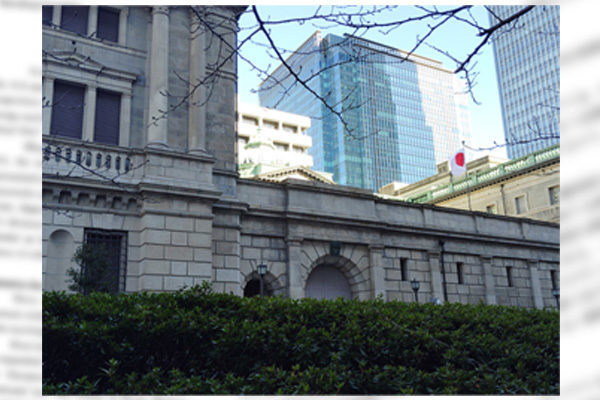Japan’s ruling Liberal Democratic Party leadership race to determine the successor to Prime Minister Shigeru Ishiba was officially announced on September 22, and full-fledged debates among the five candidates have begun in the lead-up to the vote on October 4. What is expected of each candidate is to demonstrate a strong will to revitalize Japan’s economy through domestic investment and a strategy to steadily implement it. Competing over measures to counter high prices and falling real income—hallmarks of the Ishiba government that ended in disappointment—will not be enough to break free from the 30 years of economic stagnation.
Japan as a fiscal role model
Japan’s economy is now facing a golden opportunity to recover growth. This is because it has become a standout fiscal role model among major countries. While the Japanese government has so far been constrained by a budget deficit and shrunk domestic demand through tax hikes and austerity measures led by the Ministry of Finance, the foundation for injecting fiscal funds into growth areas is now being developed. Whether Japan can take advantage of the foundation depends on the quality of the LDP’s next leader.
The primary budget balance as a percentage of gross domestic product (GDP) indicates fiscal soundness, or how far the government can cover social security, public investment, national defense, and other policy expenditures with tax revenues. Japan’s national and local primary balance is expected to rise to a positive 0.5% in fiscal 2026 from a negative 3.6% in fiscal 2022 thanks to fast tax revenue growth since fiscal 2023, according to a report by the Cabinet Office on August 7. Japan is thus estimated to post a primary budget surplus for the first time since the early 1990s.
Price hikes bring about sharp tax revenue growth while hitting people’s lives. Unless tax revenue growth is returned to the private sector, demand will decrease. At a time when flexible fiscal spending is qualified as natural, the Ishiba government has stuck to an austere fiscal policy while irresponsibly depending on private sector wage hikes for economic growth.
According to projections by the Paris-based Organization for Economic Cooperation and Development (OECD), the negative ratio of the government’s overall primary balance to GDP—including social security funds—is shrinking significantly in Japan. In 2022 and 2026, Japan’s figures are -3.9% and -0.7%, respectively, while the United States stands at -0.7% and -3.8%, Germany at -1.7% and -2.6%, and the United Kingdom at -0.6% and -2.5%, showing a worsening trend. The budget deficit will increase in the U.S. due to substantial tax cuts, and in Germany due to increased fiscal investment in defense buildup.
Break away from Ishiba line
Demonstrating the Ishiba government’s disregard for the Japanese economy is its recent agreement on Japan’s massive investment in the U.S. Through tariff negotiations with the Trump administration, the Ishiba government has promised to triple Japan’s direct investment in the U.S. to $550 billion in the next three years and a half. It has agreed to use government-affiliated financial institutions’ funds for providing massive investment amounting to Japan’s annual general account tax revenue as directed by the Trump administration. It is effectively serving as an automatic teller machine (ATM) for the Trump administration. At the very least, unless there is a clear break from the Ishiba line, the leadership race holds no meaning.
Hideo Tamura is a Planning Committee member at the Japan Institute for National Fundamentals and a columnist for the Sankei Shimbun newspaper.


